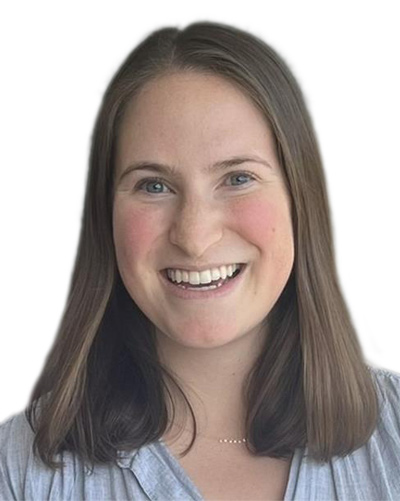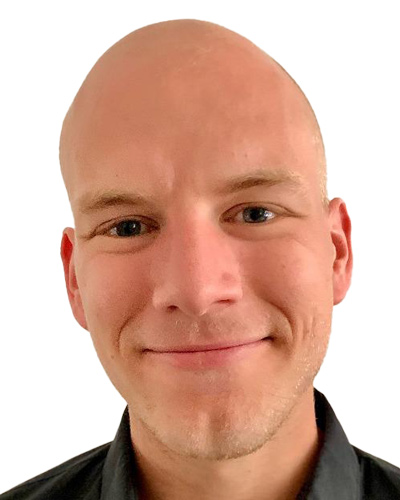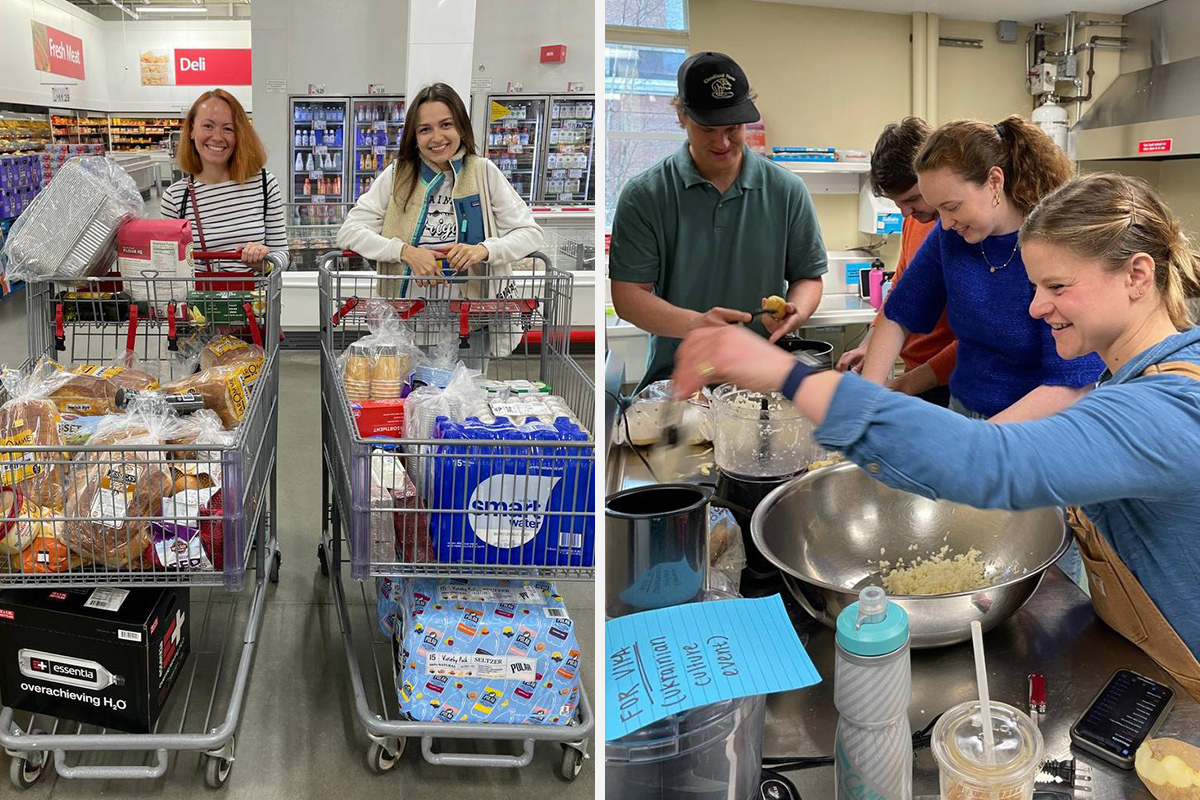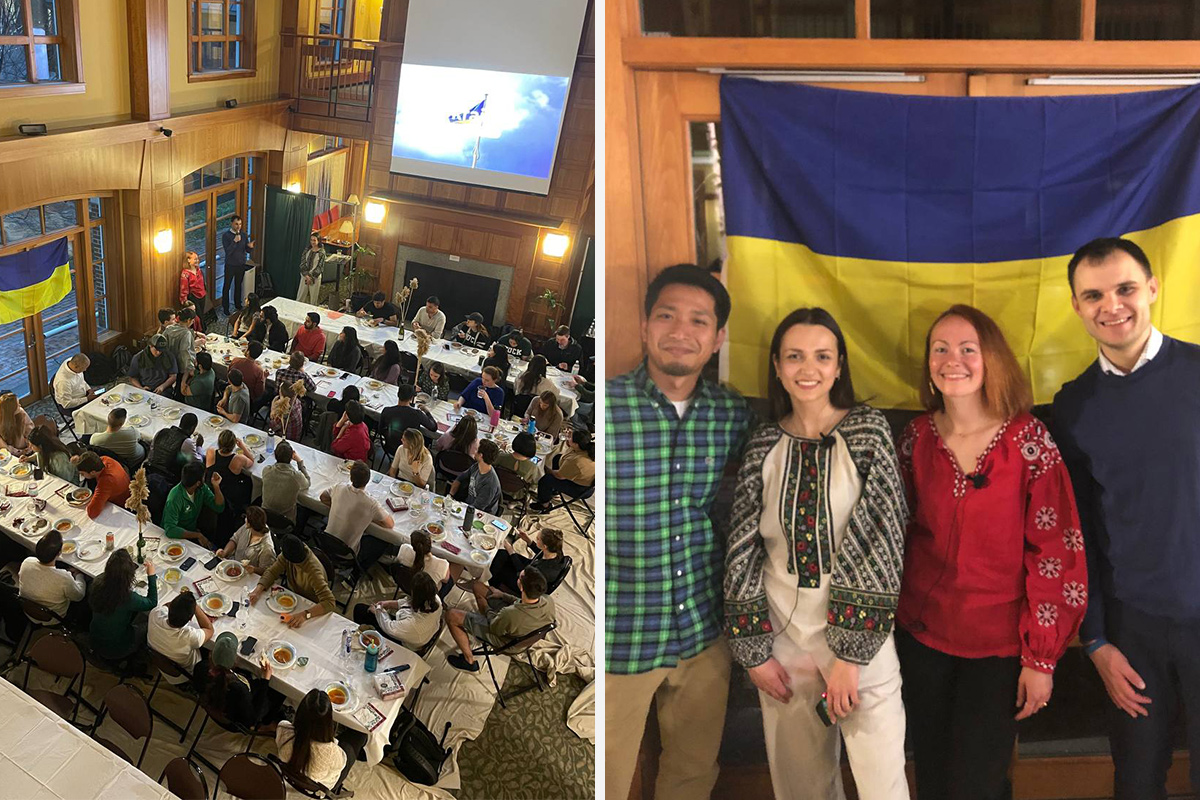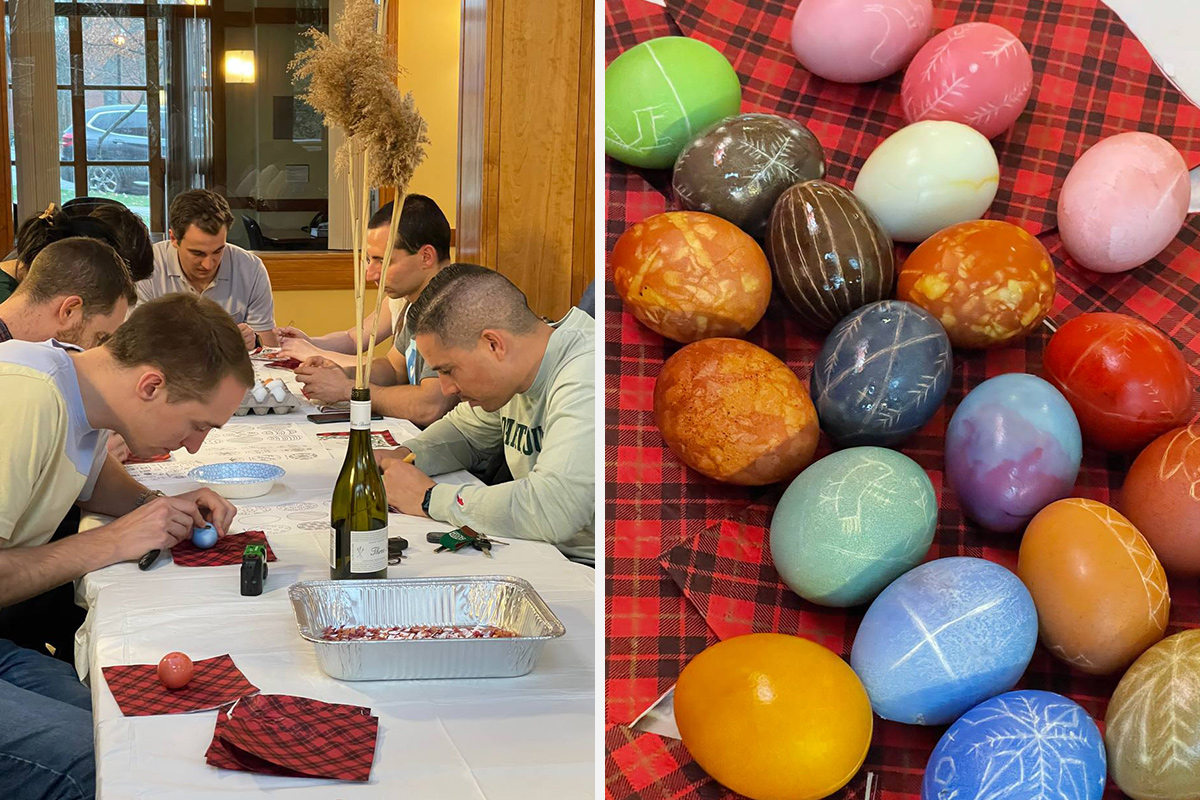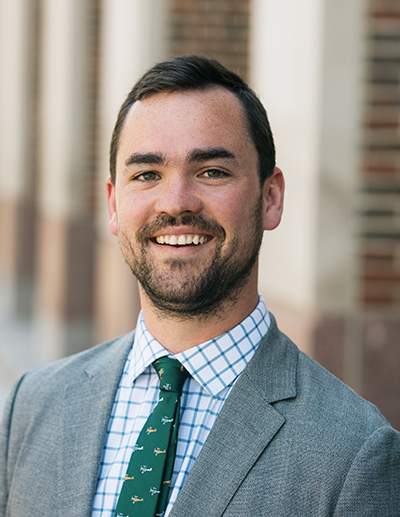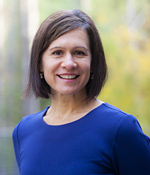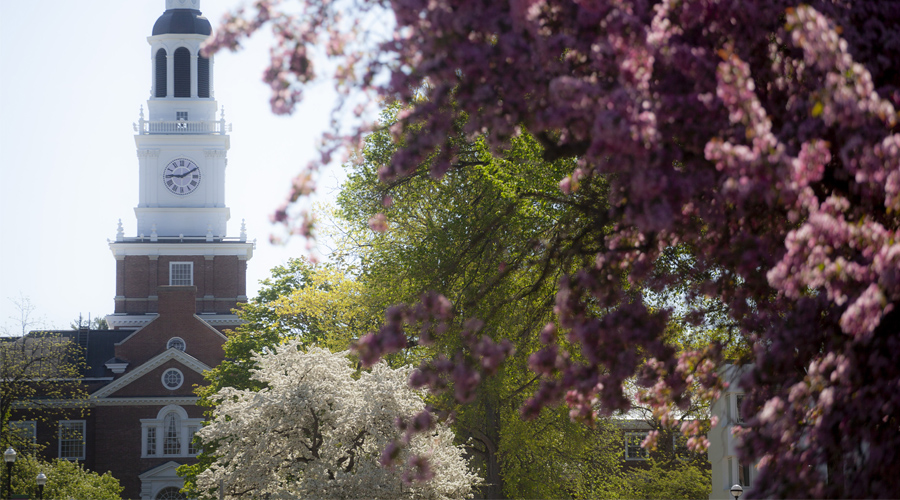Events & Promotions
|
|

GMAT Club Daily Prep
Thank you for using the timer - this advanced tool can estimate your performance and suggest more practice questions. We have subscribed you to Daily Prep Questions via email.
Customized
for You
Track
Your Progress
Practice
Pays
Not interested in getting valuable practice questions and articles delivered to your email? No problem, unsubscribe here.
- Nov 20
07:30 AM PST
-08:30 AM PST
Learn what truly sets the UC Riverside MBA apart and how it helps in your professional growth - Nov 20
10:00 AM EST
-10:30 AM EST
If you’re applying to Columbia, NYU Stern, or Yale SOM, you need more than strong stats. Each school defines “leadership” differently, and your essays must reflect that. Join Sia Admissions founder, Susan Berishaj on November 20th - Nov 12
01:00 PM EST
-11:59 PM EST
Get expert MBA strategy, instant essay feedback, and personalized advice on your entire application. Join My Admit Coach, the AI-powered MBA admissions platform built on 10K+ successful application docs for HBS, Stanford GSB, MIT and other top programs. - Nov 19
09:00 AM PST
-10:00 AM PST
What’s in it for you- Live Profile Evaluation Chat Session with Jenifer Turtschnow, CEO ARINGO. Come with your details prepared and ARINGO will share insights! Pre-MBA Role/Industry, YOE, Exam Score, C/GPA, ECs Post-MBA Role/ Industry & School List. - Nov 19
10:00 AM EST
-01:00 PM EST
Get expert MBA strategy, instant essay feedback, and personalized advice on your entire application. Join My Admit Coach, the AI-powered MBA admissions platform built on 10K+ successful application docs for HBS, Stanford GSB, MIT and other top programs. - Nov 19
11:00 AM EST
-12:00 PM EST
Looking to secure a coveted spot at a top business school? Our team of seasoned MBA admissions consultants, including top B schools alumni and industry leaders, is here to help turn your dreams into reality. Let’s kick-start your journey to success! - Nov 19
11:00 AM PST
-12:00 PM PST
Round 2 is here — and it’s your chance to make your MBA dream happen! Join GMAT Club’s LIVE discussion with two top experts from The Red Pen, Gunjan Jhunjhunwala and Natasha Mankikar, as we break down everything you need to know - Nov 20
09:00 PM IST
-10:00 PM IST
Join our free expert-led Essay Workshops to discover how to choose impactful stories, highlight your core values, and align your background with each school’s distinct culture, making every word truly count. - Nov 21
08:30 AM EST
-09:15 AM EST
Get the inside scoop on what makes Emory’s Goizueta Business School great, learn how you can present a strong MBA application, and connect with an Admissions Director to get your questions answered. - Nov 21
12:00 PM EST
-12:30 PM EST
Join Assistant Dean for Admissions Laurel Grodman for a live walkthrough of the 2025–2026 MBA application. Laurel will provide insights into what the Admissions Committee looks for and offer tips on key components of the application. - Nov 21
09:30 PM IST
-10:30 PM IST
Learn how to craft powerful, authentic essays by mastering the 3 “WHYs” every top MBA program looks for: Why MBA, Why Now, and Why This School. - Nov 24
08:00 PM PST
-09:00 PM PST
Inquire for a free profile evaluation and guarantee statement for possible admits and scholarships!
Kudos
Bookmarks
| FROM Tuck Admissions Blog: Seeking Sustainable Investment Opportunities: The Tuck Renewable Energy Finance Case Competition |
 John Minderman T’23 shares how his journey from engineering to Tuck deepened his understanding of the energy industry and ultimately led him to revive the Tuck Renewable Energy Finance Case Competition. I consider the transition of our society from fossil-fuels dependent to net-zero to be of critical importance, while at the same time being a once-in-a-lifetime opportunity. My thesis going into my undergraduate program was that this issue needed technology development, so I got my engineering degree and spent five years designing and deploying first-of-their-kind advanced nuclear and battery storage projects. However, through my experiences, I began to realize that to meet our net-zero goals we need deployment of mostly existing technologies, and the biggest barrier to that deployment is finance. Enter the Tuck School of Business, where I’ve developed a deeper understanding of the theories behind finance and its industry applications from discussions with industry practitioners through the Revers Center for Energy, Sustainability & Innovation. I also developed a more practical understanding from interning at an impact venture capital firm and doing power and renewables investment banking at Goldman Sachs over the summer. These experiences gave me the perspective of both early-stage and late-stage investors as well as the applications of that finance. Going into my second year at Tuck, I wanted to find a way to synthesize how I think about financing the energy transition. In July, I approached April Salas, Executive Director of the Revers Center for Energy, Sustainability & Innovation, with the idea of revamping Tuck’s energy finance case competition after its COVID-induced hiatus. The idea was to invite teams from top business schools around the world to recommend a finance fund structure and appropriate sustainable investment opportunities. To make this happen, we collaborated with a great team of sponsors including Generate, Marathon Capital, and New Energy Capital, as well as fellow MBA classmates Steve Sanford, Yuka Sugimori, Annette Jatto, Claire Kadeethum, Ryan Mooney, and Tobi Okpala. I can’t thank them enough for making it possible! The competition was a great success! We received applications and deliverables from top MBA Schools, and ultimately, four teams advanced to the final round held in person at Tuck where each team presented their fund structure and investment thesis to an incredible set of judges. I was so pleased by the questions and discussions that we had between students and judges. A notable discussion was around a proposal to use a venture capital fund to invest in energy storage project opportunities, to which the judges asked: “How is a 30%+ cost of capital additional to this space?” These exchanges showed that the case competition achieved its goal of helping MBA students understand that good finance structures and good opportunities aren’t necessarily compatible—real innovation requires creativity to apply the right structure to the right opportunities. Overall, organizing this case competition was not only a great learning experience but it was also a great opportunity to meet fantastic people committed to creating a positive impact in the world. I’m excited to see what next year’s edition of the Tuck Renewable Energy Finance Challenge brings!  Prior to Tuck, John Minderman T'23 worked for five years doing engineering and project development for utilities, electric generators, advanced nuclear startups, and battery storage developers. He is passionate about accelerating the transition to a low-carbon economy by deploying gigaton-scale financing for clean energy. While at Tuck, is director of the Tuck Social Venture Fund, and interned with an impact VC company and a lithium battery recycler. After Tuck he will be going to NYC to work on Power & Renewables in the Natural Resources Group at Goldman Sachs. |
This Blog post was imported into the forum automatically. We hope you found it helpful. Please use the Kudos button if you did, or please PM/DM me if you found it disruptive and I will take care of it.
-BB
Kudos
Bookmarks
| FROM Tuck Admissions Blog: More Than Just a Wine: Meet Chrishon Lampley, Entrepreneur and Alumna of Tuck Diversity Business Programs |
 In celebration of Women’s History Month, Tuck recently welcomed Chrishon Lampley, founder of Love Cork Screw and alumna of Tuck Diversity Business Programs, back to campus for a fun wine tasting event and question and answer session. A SheaMoisture fellow, Lampley also completed the Diversity Entrepreneurship Collaboration Program, which pairs entrepreneurs with Tuck MBA students. We sat down with Lampley to learn more about her business Love Cork Screw, her experience with Tuck’s executive education programs, and her advice for aspiring entrepreneurs, especially women of color. Can you tell us a little bit more about your business, Love Cork Screw? What made you want to start this business? Love Cork Screw is a wine brand that was founded 10 years ago by yours truly, as an African-American woman, who felt the need to represent the underrepresented space in the wine industry. The brand offers six varietals of wine with catchy and fun names such as ”Head Over Heels“ Riesling and ”Good Times, Good Friends“ Pinot Grigio. These wines appeal to a diverse audience and are sold in major retailers throughout the country. The desire to provide representation and a unique wine experience led to my creation of Love Cork Screw. You recently visited Tuck for a special event in honor of Women’s History Month. Thank you again for joining us. How do you think the event turned out? Did you have any particularly interesting conversations with students? It was an enjoyable experience, and I think the event went well. It’s always fascinating to receive feedback and a fresh perspective when your product has been in stores for a while. One of my favorite conversations was with a student who thanked me for including the nutritional label on the back of the bottle. It was especially rewarding to hear this feedback since I had recently added the feature to cater to the younger generation of health-conscious wine drinkers. 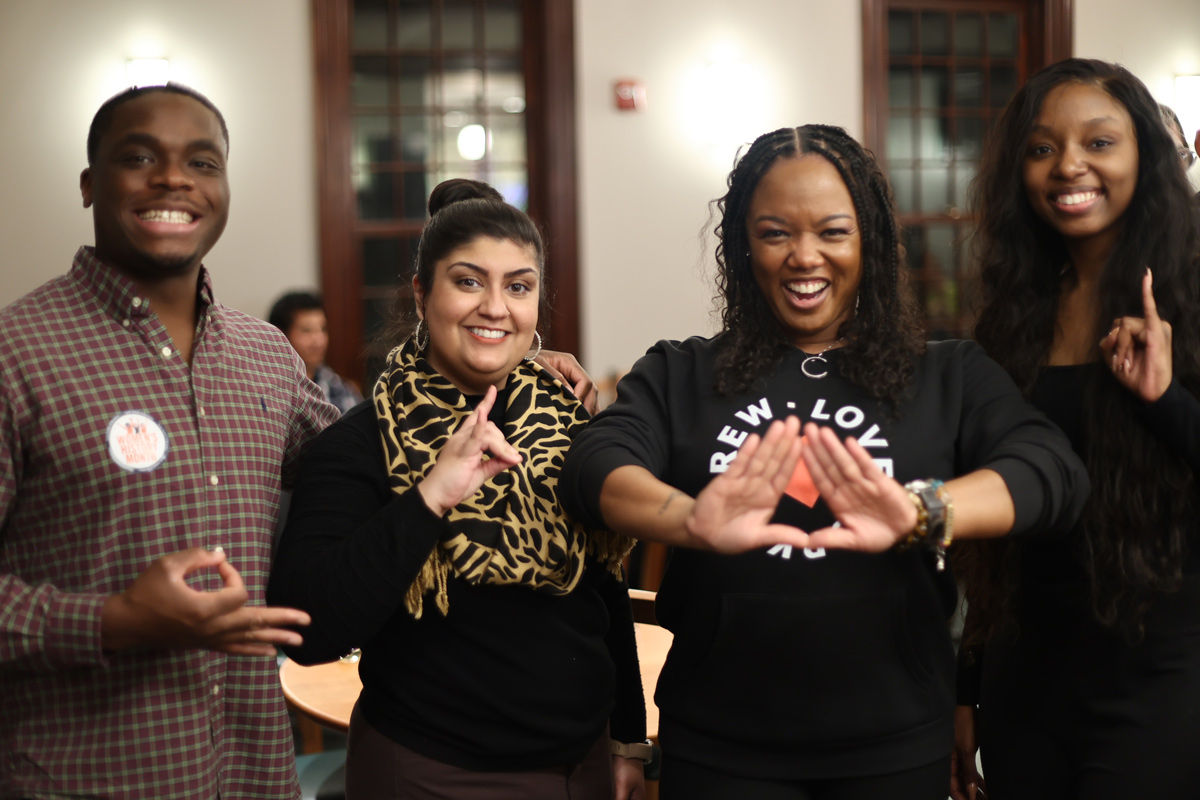 I understand this wasn’t your first time at Tuck. In April 2022, you attended Building a Successful Diverse Business, one of the Tuck Diversity Business Programs, as a SheaMoisture Fellow. What were you hoping to get out of your experience at Tuck? Do you think you reached your objectives? How was the experience overall? As an entrepreneur, I had a truly remarkable experience that meant a lot to me. It broadened my perspective and opened up countless paths to success. Since then, I’ve been diligently implementing everything I learned. I understand that progress takes time, but I’m using all of the information and ideas to propel my business to the next level. Additionally, being surrounded by other business owners provided me with a great source of motivation and energy to succeed. I would jump at the chance to do it again. You also recently completed our Diversity Entrepreneurship Collaboration Program, where you worked with our MBA students directly to take advantage of marketing opportunities around Gen Z. Can you tell us more about the experience of working with MBA students? How do you plan to use what they’ve worked on in Love Cork Screw’s future? Working with the MBA students and entrusting them with obtaining feedback from the younger wine drinkers was an amazing experience. It was like having a high-end, in-depth case study completed without any financial burden on my part. The students brought fresh, new ideas to the table that I wouldn’t have thought of on my own. Their insights helped me understand how to better appeal to younger consumers and adjust my marketing strategies accordingly. As I reviewed their findings, I felt a renewed sense of excitement for the future of my business. I am eager to put their ideas into action on our website and social media platforms to attract and engage a wider audience. Their input will be invaluable in expanding our reach and cultivating a loyal following among young wine enthusiasts. Overall, working with the MBA students was a valuable experience that gave me an opportunity to learn from a talented group of individuals and gain a deeper understanding of my target audience. I am grateful for the insight they provided and look forward to seeing how their ideas can help take my business to new heights. What would you say your top takeaway has been from your time at Tuck? Attending Tuck left a lasting impression on me, but the most significant takeaway was the reassuring feeling that comes with knowing you’re doing things right. As someone who occasionally experiences imposter syndrome, it was incredibly affirming to receive honest, kind feedback from the students. Seeing their genuine reactions to my work was absolutely priceless. Their encouragement and support helped me overcome any doubts or insecurities I may have had and left me feeling motivated to continue pursuing my goals with confidence. 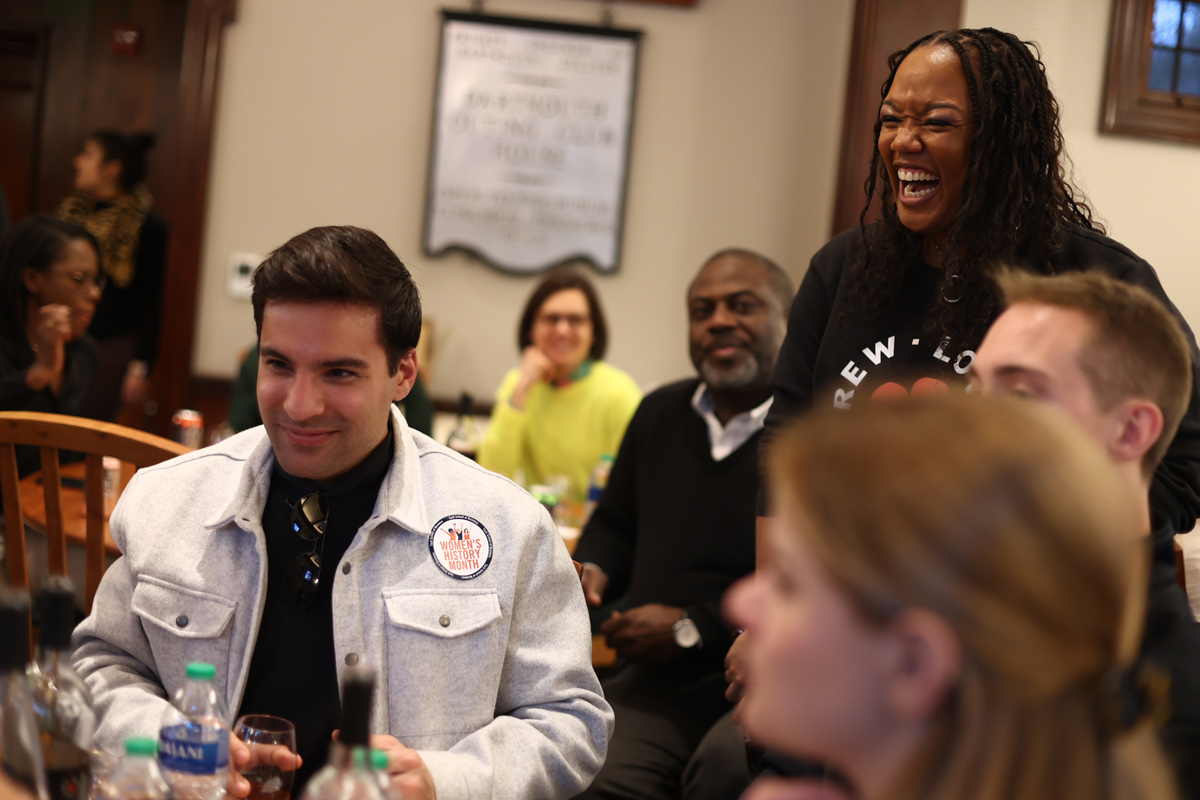 What advice do you have for emerging entrepreneurs, especially women of color who hope to pursue a business venture? As a woman entrepreneur and a woman of color, I have learned that you must be prepared to work twice as hard to achieve your goals, and that’s perfectly okay. Despite the challenges you may face, your perseverance and determination will inspire others to pursue their own dreams. In fact, inspiring others may become your true purpose. So keep pushing forward, stay focused on your vision, and never let anyone tell you that you can’t achieve success. Your hard work and dedication will pay off in ways you may not have imagined, and your example will help pave the way for future generations of women entrepreneurs and women of color. Looking ahead, any exciting updates you can offer on your business life and Love Cork Screw? There are several exciting updates to share, including the upcoming appearance of Love Cork Screw on national television and our ongoing collaboration with major brands such as Stella Artois. It’s incredibly rewarding to see our business gaining traction and recognition on a larger scale. We are grateful for these opportunities and look forward to continuing to grow our brand and expand our reach. Learn more about Love Cork Screw. Learn more about Tuck Diversity Business Programs. |
This Blog post was imported into the forum automatically. We hope you found it helpful. Please use the Kudos button if you did, or please PM/DM me if you found it disruptive and I will take care of it.
-BB
Kudos
Bookmarks
| FROM Tuck Admissions Blog: Opening Doors to the Real Estate Industry: 2023 Boston Real Estate Trek |
 Rob Leet T’24, an incoming Real Estate Club co-chair, reflects on revitalizing the Real Estate Trek, which recently took place for the first time since 2019. 40 students traveled to eight firms in Boston to connect with Tuck alumni and learn more about breaking into the industry. What motivated you to revitalize the Real Estate Trek? Breaking into commercial real estate is tough. The recruiting process is “just-in-time” recruiting, which means that firms only hire when or if they see a need—and most firms delay their hiring until late in the spring term when most MBAs have a summer internship or full-time job already lined up. So, in real estate recruiting, there is a higher risk of waiting until springtime, and one constantly deals with peer pressure to find a job in an industry that has an earlier and more structured recruiting process. The process of breaking into real estate is extremely networking-intensive and relationship-based. Most opportunities in the industry come from word-of-mouth and are not posted online. Therefore, forming strong relationships and building a robust network in the industry is key. As a club, we thought organizing an all-day career trek in Boston would be the best way for students to tackle the unpredictable nature of real estate recruiting. They would get to develop meaningful connections in-person, learn from knowledgeable practitioners in the field, and plant a “seed” for building a network in the industry. We also wanted to build awareness about the industry and expose students to the wide variety of roles, property types, and investment strategies that are out there. Because real estate is an underrepresented industry at Tuck and at most MBA programs (where 2–3 percent of each year’s graduating class usually enters the field), we wanted to show our peers that the industry is so much more than one would normally make it out to be. 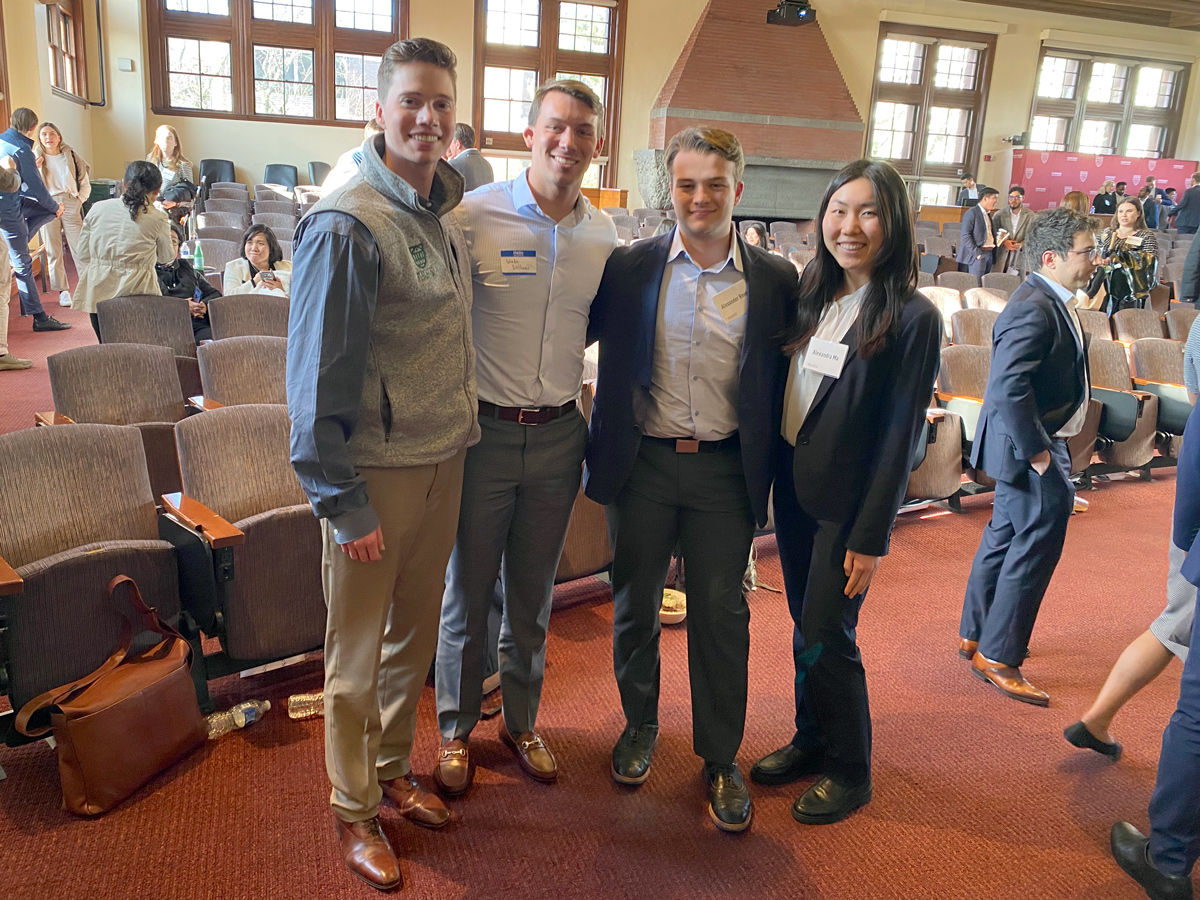 Can you tell us a bit more about the participants and agenda? We initially marketed the event to both Tuck students and Dartmouth undergrads and were astounded by the amount of interest we received—over 90 students from the Dartmouth and Tuck communities were interested in attending. Actual turnout amounted to around 40 students (20 from Tuck and 20 from Dartmouth), but this number was still higher than what prior real estate treks experienced pre-COVID (which ranged from 10–15 students total). We originally planned to have five company visits throughout the day. However, due to the large student turnout and limited capacity of several firms, we had to increase the number of visits to eight and split the group in two for the first half of the day. The companies that we visited included Beacon Capital Partners, Related Beal, Long Wharf Capital, Cabot Properties, Leggat McCall Properties, Arx Urban, Longfellow Real Estate Partners, and AEW Capital Management. At the end of the last visit, we hosted a Tuck/Dartmouth alumni happy hour at Samuel Adams Taproom Brewery. It was a great time! Many of the alums enjoyed reconnecting with their classmates as well. Was there a particular highlight from the day that has stuck with you? For me, there were two highlights: the visit to Longfellow Real Estate Partners, hosted by Jamie Peschel D’99, T’06, and the visit to AEW Capital Management, hosted by Manny del Campo T’19. At the Longfellow visit, Jamie’s presentation not only touched on his work, but also offered general advice for finding happiness in life, and important lessons learned throughout his career. He started off the presentation by mentioning that he read every student’s resume (40 resumes!). He also spoke highly about liberal arts education at Dartmouth and the general management curriculum at Tuck, both of which he found incredibly valuable in bettering the world of real estate. He went on to describe the struggles that he experienced in trying to break into the industry, and finally, how he founded his own firm—which has since become the nation’s largest privately held life science real estate investor. At the AEW visit, Manny put together a panel of three senior executives at the firm, including AEW’s chief investment officer and head of private equity, its COO, and its director and head of retail acquisitions. The panelists offered unique insights on the macro economy, the current state of real estate investment, and their expectations for 2023. Following the panel, Manny invited 20 of his colleagues from different lines of business to have breakout networking sessions. As opposed to what’s known as a “circle of death” conversation that’s typical in banking and consulting recruiting (where 10+ students circle around one company representative), the conversation ratio of students to AEW employees was excellent, at 2 to 1. This ratio allowed for much more intimate conversations. I appreciated Manny’s effort to convince so many of his colleagues and senior leaders to come in on a Friday afternoon—normally a work-from-home day at AEW. What has your experience with Tuck alumni in the real estate industry been like? While the quantity of Tuck students entering the real estate industry is small each year relative to other industries, the quantity of alumni certainly does not translate to the quality of alumni. I have found that Tuck real estate alums pull extra hard to help us land a career in the industry. This is likely because they know how hard it is to break into the industry given they went through the same process. The alums go out of their way to spend extra time in our networking conversations to help us understand industry trends, lingo, and develop technical skills. They offer high-quality referrals and introductions to other key contacts in the industry, which helps to grow our network. The alumni are also incredibly passionate about what they do and are very successful, which is an added bonus. How do you hope to grow the trek and Real Estate Club during your time at Tuck? How has Tuck helped in this endeavor? What I have enjoyed most about Tuck is its flexibility in supporting my interest in commercial real estate, which is not a common MBA career path. For example, another classmate and I are currently working with our real estate professor and an advisor at the Center for Private Equity & Venture Capital (CPEVC) on an independent study project. The project involves learning how large institutional funds analyze ESG-related real estate today, and how to incentivize institutional capital into more real estate ESG investments moving forward. Apart from personal studies, one of my main goals at Tuck is to grow its real estate program. I am currently in discussions with two classmates and the CPEVC to organize a Real Estate Series for the 2023-24 school year. We are planning to invite Tuck and Dartmouth alums to campus to share their insight and advice about working in the industry. The visits may also include a mix of coffee chats, real estate case studies and modeling workshops, small group dinners, property sector overviews, moderated panel discussions, investment strategies, and the like. I am quite thankful for the partnership with CPEVC and how supportive the center has been in rallying behind our effort to grow the real estate program. In addition to the Real Estate Series, I am working with the undergraduate real estate club and several Dartmouth alums to organize an all-day real estate conference at Tuck for the upcoming fall term. The conference will have multiple panel discussions throughout the day. We are still in the early stages of brainstorming but are very excited about this development. The Tuck Real Estate Club is also already working on its next career trek for the 2023 fall term. As opposed to the Boston trek, the fall trek will be an institutional real estate trek to NYC. The NYC trek will focus on larger private equity “mega-funds” and other institutional players involved in commercial real estate investment and development. Lastly, Michael Schwarze T’24, my fellow incoming Real Estate Club co-chair, and I want to bring diversity to the forefront of our Real Estate Series conversations next year. Commercial real estate remains one of the least diverse industries in the U.S. today, with over 90% of industry participants being white and male, and at the executive level, the number increases to 95%. We are planning to collaborate with Black Students at Tuck (BSAT) and Women in Business (WIB) for the 2023-24 school year to discuss this issue and ways to improve the industry moving forward.  Rob Leet T’24 is a first-year student at Tuck with experience in real estate and middle market commercial banking. Rob grew up in Seattle, majored in Norwegian and Economics at St. Olaf College in Minnesota, and worked in Sacramento and Seattle after graduating. In his free time Rob enjoys hiking, skiing, swimming, and playing baseball. Outside of staying active, Rob likes to play board games, perform karaoke, play ping pong, and learn about coffee and espresso. |
This Blog post was imported into the forum automatically. We hope you found it helpful. Please use the Kudos button if you did, or please PM/DM me if you found it disruptive and I will take care of it.
-BB














